The Toaster Market is currently characterized by a dynamic competitive landscape, driven by innovation, consumer preferences for multifunctional appliances, and sustainability initiatives. Major players such as Breville (AU), Hamilton Beach (US), and Cuisinart (US) are strategically positioning themselves through product diversification and technological advancements. Breville (AU), for instance, emphasizes premium quality and innovative features, while Hamilton Beach (US) focuses on affordability and accessibility. Cuisinart (US) leverages its reputation for high-performance kitchen appliances to capture a significant market share. Collectively, these strategies foster a competitive environment that encourages continuous improvement and adaptation to consumer demands.
Key business tactics within the Toaster Market include localizing manufacturing and optimizing supply chains to enhance efficiency and reduce costs. The market structure appears moderately fragmented, with several key players holding substantial shares, yet numerous smaller brands also contribute to the competitive dynamics. This fragmentation allows for niche market opportunities, where companies can cater to specific consumer preferences, thereby influencing overall market trends.
In August 2025, Breville (AU) launched a new line of smart toasters equipped with IoT capabilities, allowing users to control settings via a mobile app. This strategic move not only aligns with the growing trend of smart home devices but also positions Breville as a leader in technological innovation within the kitchen appliance sector. The integration of smart technology is likely to attract tech-savvy consumers, enhancing brand loyalty and market penetration.
In July 2025, Hamilton Beach (US) announced a partnership with a leading e-commerce platform to enhance its online sales strategy. This collaboration aims to streamline distribution and improve customer engagement through targeted marketing campaigns. By focusing on digital transformation, Hamilton Beach is poised to capture a larger share of the growing online appliance market, which has become increasingly vital in recent years.
In September 2025, Cuisinart (US) unveiled a new eco-friendly toaster line made from sustainable materials, reflecting a commitment to environmental responsibility. This initiative not only meets the rising consumer demand for sustainable products but also differentiates Cuisinart in a crowded market. The emphasis on sustainability is likely to resonate with environmentally conscious consumers, potentially driving sales and enhancing brand reputation.
As of October 2025, current competitive trends in the Toaster Market are increasingly defined by digitalization, sustainability, and the integration of artificial intelligence. Strategic alliances among key players are shaping the landscape, facilitating innovation and resource sharing. Looking ahead, competitive differentiation is expected to evolve from traditional price-based competition to a focus on innovation, technological advancements, and supply chain reliability. Companies that prioritize these aspects are likely to thrive in an ever-evolving market.


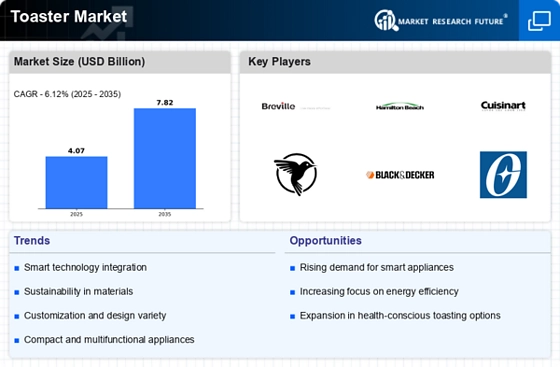
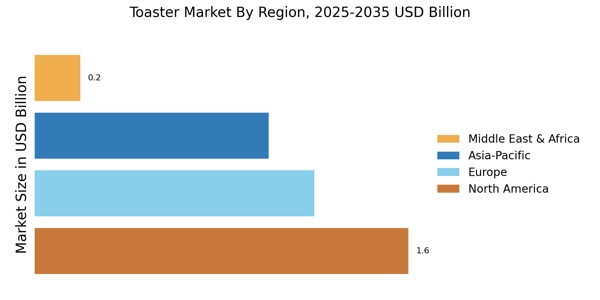
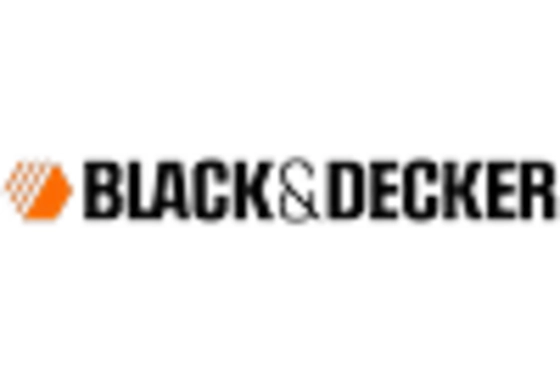

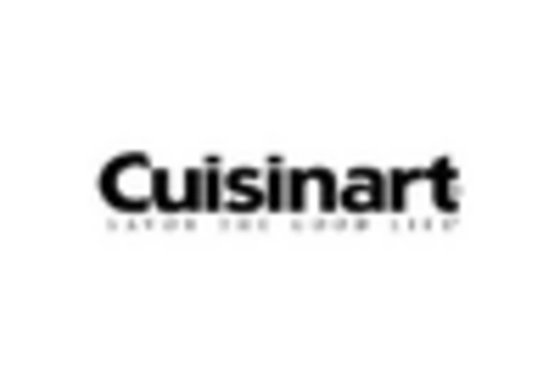
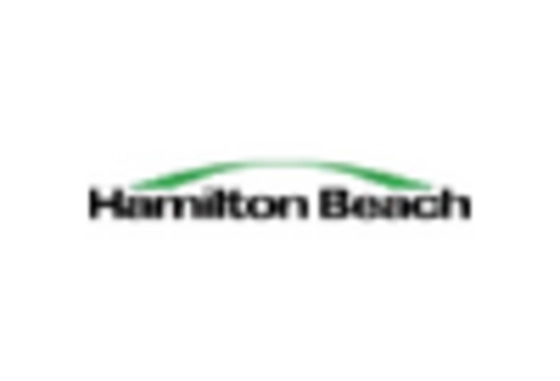










Leave a Comment